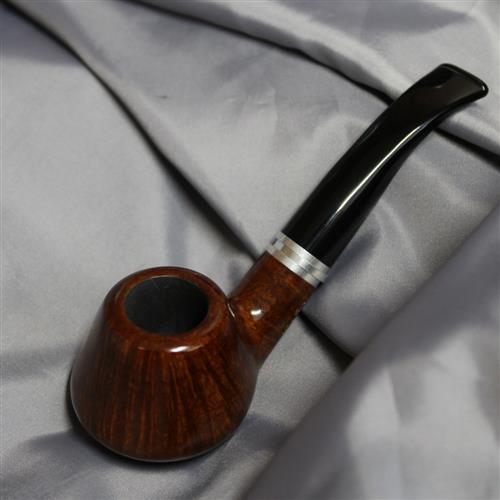Lap
Lap: The Anatomy of a Cigar
A cigar is much more than just a bunch of rolled-up tobacco. Different types of tobaccos are combined in precise ratios to make up the parts of a cigar. In this article, we’ll dissect the anatomy of a cigar and show you what it’s made of.
At first glance, a cigar might appear to be a simple product. But looks can be deceiving. A cigar is made up of several parts - the wrapper, the binder, and the filler. The wrapper is the outermost layer of the cigar, and is responsible for much of its flavor and aroma. The binder is the leaf that holds the filler together, while the filler is the blend of tobaccos that’s responsible for the cigar’s body and strength.
The quality of the tobacco used in a cigar determines its flavor and aroma. Premium cigars are typically made using long-filler tobacco, which is made up of leaves from the top of the plant. This tobacco is aged for several years, and is carefully fermented to bring out its natural flavors. The binder and wrapper are also made using high-quality tobacco, which is selected for its texture and flavor.
When it comes to smoking a cigar, there are a few important things to keep in mind. Firstly, it’s important to select the right cigar for your tastes. Cigars come in a variety of flavors and strengths, so take your time to find the one that’s right for you. Secondly, it’s important to light your cigar properly. Use a butane lighter or a wooden match to light the end of the cigar, and avoid inhaling the smoke. Instead, puff on the cigar slowly and let the smoke linger in your mouth for a few seconds before exhaling.
The ash is another important part of the cigar-smoking experience. The novice smoker might be tempted to flick the ash off as the cigar burns, but seasoned smokers know that keeping that ash on the stick is key to a great smoke. A long, ash-filled ashtray is a sign of a well-crafted cigar.
Starting a cigar shop business requires careful planning and research. The first step is to conduct market research to determine the potential demand for your products. Develop market-based research questions to get a better understanding of your target customers.
Another important consideration is product diversification. Introduce new cigar brands, accessories, or even complementary products like spirits or humidors. Host events that attract cigar enthusiasts, such as cigar-tasting events or smoke-filled parties. By diversifying your offerings and events, you’ll attract a wider audience and create a loyal customer base.
In conclusion, a cigar is more than just a bunch of rolled-up tobacco. It’s a carefully crafted product made up of several parts, each of which contributes to its flavor and aroma. To enjoy a great smoke, it’s important to select the right cigar, light it properly, and savor the experience. And for those interested in starting a cigar shop business, careful planning and research is key to success.
